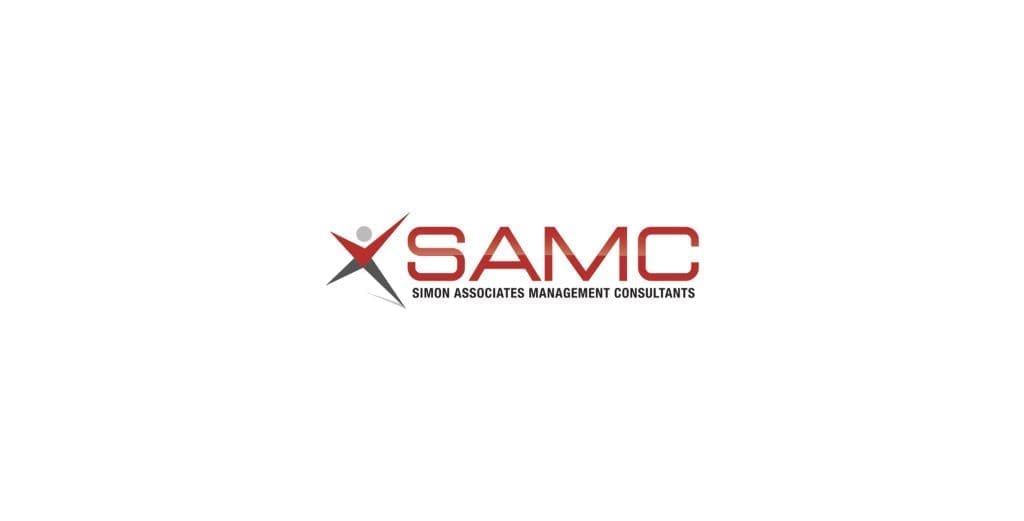 A colleague asked me to write about the biggest mistake I ever made in business that eventually turned out to be a valuable lesson.
A colleague asked me to write about the biggest mistake I ever made in business that eventually turned out to be a valuable lesson.
One mistake? I have made dozens of mistakes…some big, some bad, and eventually, either repairable, avoidable or lessons to be learned.
Two mistakes I made that eventually turned into valuable lessons
For want of a better phrase, I am going to call these lessons “numbers and instincts.” Eventually, they both turned into two valuable ideas—something we preach to our clients at Simon Associates (SAMC).
As a background, early on I never really thought or knew much about business. My father was an engineer, not a businessman. I went directly from undergraduate school to Columbia University to get my MBA.
Today you can’t go to a good business school without practical experience and that’s what I didn’t have. So while I had book learning, I had no practical experience, no internships. Contrary to what they say, I was not from the school of hard knocks.
Lesson #1: It’s all about the numbers!
You need a road map to know if you are moving towards your goal. Without numbers, how do you know if you are there, or even close?
Remember, I said I went from undergraduate to graduate school with no business experience. Like so many of us, I started in a renowned training program of a large company, doing small things that were tied to bigger things. But I didn’t understand the bigger things nor fundamentally how they all tied together to create a business! And no road map was created and shared by management. No key objectives of the business that were critical…nothing to plot against and review on a frequent basis.
Fast forward a half a dozen years. I moved to a consumer packaged goods company in marketing, not finance, and I began to construct a picture of what it took to run a business, or at least, a part of a multi-phase business.
I now had sales and profit responsibility so I began looking at the numbers almost every day.
We used a syndicated service to understand the relationship between marketing dollars and revenue—a dashboard of sorts and a pretty good one—against the objectives of the organization. I also had to deal with production and manufacturing, so my key indicators became broader and greater—again, building on my dashboard. It was all about the numbers!
My last corporate job was running several divisions in a bank. We had to create another type of dashboard since we were bringing in deposits or liabilities and lending them out to other parts of the organization: our assets. This was not a business one could understand intuitively. Learning the banking business was critical and one key was establishing another type of dashboard.
While that was the end of my corporate life, I was still in the game. I started a company and again, needed to construct a dashboard, albeit another type. This dashboard required information—not only on revenue and profitability but on service levels, through-put and other performance measures.
Lesson learned: It is impossible to run a business without a road map!
If you are going to assume responsibility for managing someone’s business, the first thing you need to figure out is: What are the critical measurements that you need to pay attention to? What are you measuring and how are you going to report it? And finally, how often are you going to report? Thinking about and building on these questions will allow you to view, review and change course on a periodic basis. It will also allow you to forecast and anticipate change as soon as possible.
At SAMC, we often get hired by clients that have emerging or early stage businesses. We encourage them and help them lay out dashboards. This forces them to think about their businesses in a much more disciplined way.
Lesson #2: If employees prove to be a bad fit, you need to move quickly.
Like a lot of us, I don’t particularly like the idea of letting someone go. I keep hoping that the person who is not working out will work out in the future. In some cases, I have let the inevitable linger for an inordinate period of time. Not a good idea.
Let your instincts be your guide.
In the last business I ran, I kept putting off discharging several senior executives. I had many sleepless nights, but guess what? Six months later, I was right where I had been six months before. I had wasted time and resources, and caused my company lost opportunity.
So is there a lesson learned? You bet. Move quickly.
First, your organization could lose its ability to meet your critical objectives with the wrong people in place. Second, your staff knows when someone is not working out. Third, putting off tough decisions negatively effects your leadership skills.
Move faster if you believe you are right!



